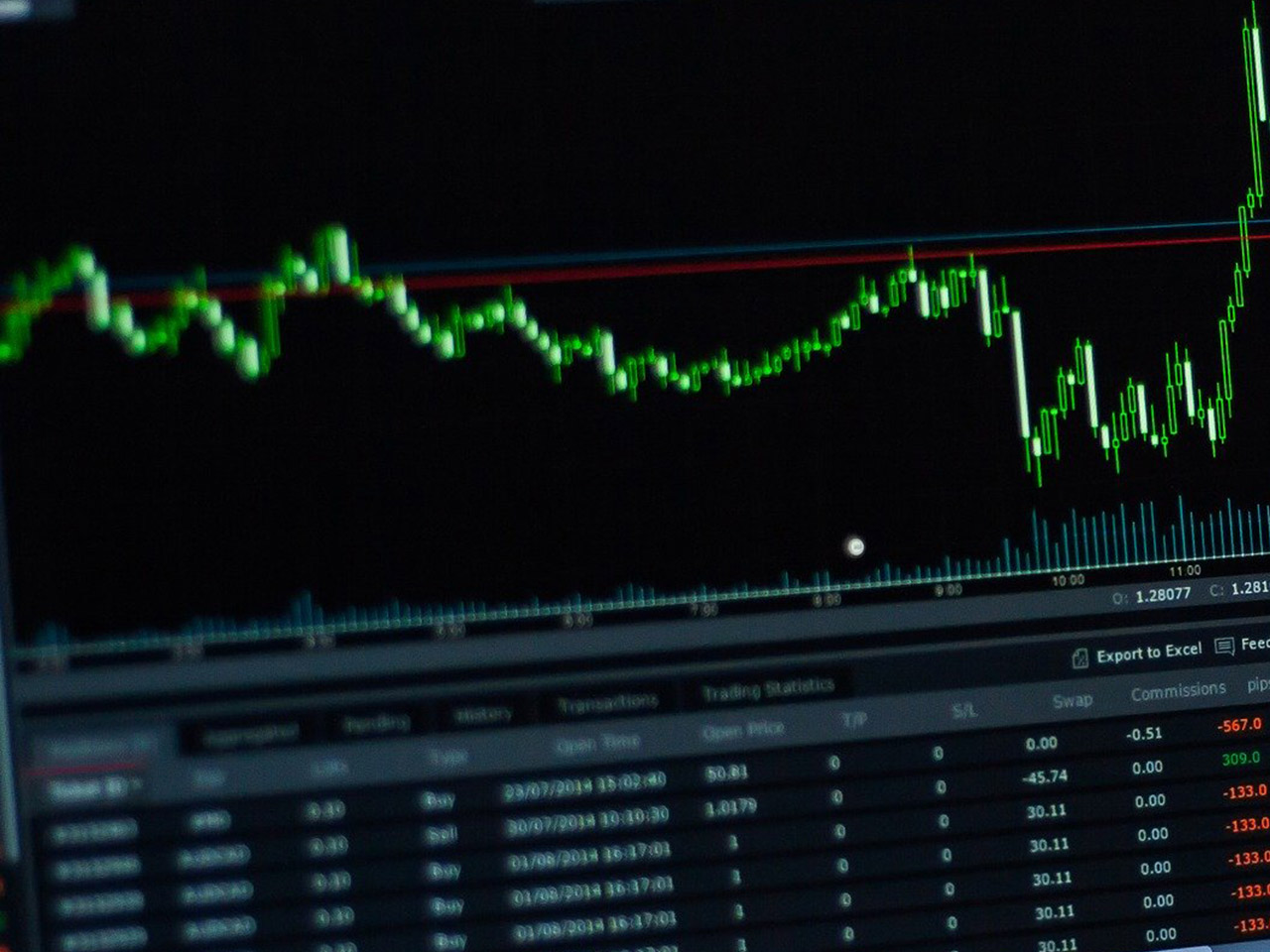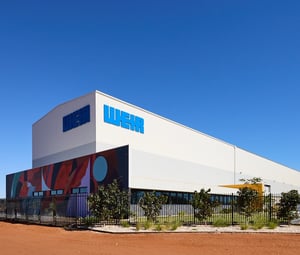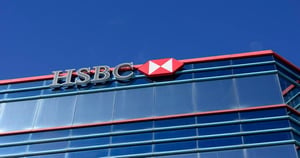Ashmore Group PLC (ASHM.L), a stalwart in the asset management industry, commands attention with its impressive dividend yield of 9.48%, even as it navigates a challenging financial landscape. This London-based investment manager, with a market capitalization of $1.17 billion, primarily targets retail and institutional clients, focusing on emerging markets through equity and fixed income portfolios.
The company’s stock is currently priced at 180.1 GBp, positioned comfortably within its 52-week range of 125.10 GBp to 218.40 GBp. Despite this, the market sentiment as reflected in analyst ratings suggests caution. With only one buy rating against six holds and three sell ratings, the average target price rests at 159.80 GBp, indicating a potential downside of 11.27%.
Ashmore’s financial metrics paint a complex picture. The firm is grappling with a revenue decline of 31.30%, which is a significant headwind in the current economic climate. This decline is mirrored in its valuation metrics, where traditional indicators like the P/E and PEG ratios are notably absent, and the forward P/E ratio is an astronomical 2,335.02, signaling investor concerns about future earnings.
Despite these challenges, Ashmore’s robust dividend payout remains a highlight. However, the payout ratio of 143.59% suggests that the current dividend levels may not be sustainable without a turnaround in earnings or a strategic shift. Investors should weigh the high yield against the company’s ability to maintain such payouts in the face of declining revenue.
On the performance side, Ashmore exhibits a modest return on equity of 10.12%, reflecting its ability to generate profits from shareholders’ equity, albeit under pressure from broader market conditions. The firm’s free cash flow stands at an impressive $92.23 million, which provides a cushion for operational expenses and potential reinvestment into growth initiatives.
Ashmore’s technical indicators offer some optimism. The stock is trading above its 50-day and 200-day moving averages, at 173.63 and 159.85 respectively, suggesting a near-term bullish trend. The Relative Strength Index (RSI) of 58.46 indicates that the stock is neither overbought nor oversold, while the positive MACD at 2.57, above the signal line of 2.10, supports a bullish outlook.
For investors, Ashmore Group presents a complex opportunity. The high dividend yield is attractive, but it is crucial to critically assess the sustainability of such payouts against the backdrop of revenue challenges and high payout ratios. Those with a higher risk tolerance and a focus on income generation might find Ashmore’s dividends appealing, whereas others may prefer to wait for clearer signs of revenue recovery and strategic realignment. As the company maneuvers through these hurdles, its performance in managing emerging market portfolios will be a key determinant of future investor confidence and stock valuation.




































